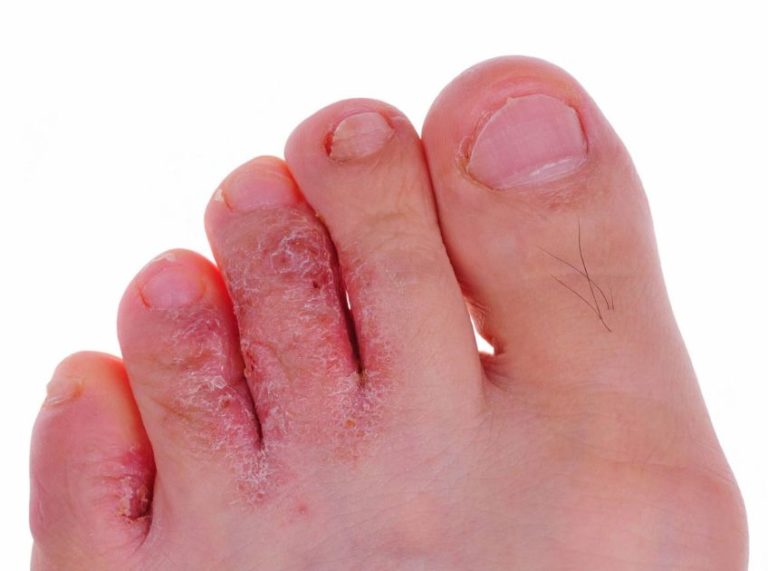
Important: This article is for informational purposes only. Please read our full disclaimer for more details.
Children and babies often fall sick, blame it on their developing immune system or the tendency to do notorious things that make them ill, all can contribute to cold, cough, diarrhea and other common diseases.
Out of so many diseases, whooping cough and croup are the two most common not just among children and babies but adults too. Since the symptoms of both these respiratory issues are the same, people often get confused.
Even though they appear similar, there are many differentiating points that can provide information on whooping cough vs. croup.
Let’s compare whooping cough and croup and find out what their symptoms are, as well as preventive measures and treatment options.
Difference Between Whooping Cough and Croup

Whooping Cough
It is one of the most common respiratory problems that can affect people irrespective of age. Even though it is easily curable, when left untreated, it may lead to serious conditions such as seizures and brain damage.
Coughing can continue for over 3 to 4 months or longer.
Causes
Whooping cough is a bacterial infection, caused by Bordetella pertussis bacterium. It is a highly contagious disease that can spread in air when a sick person sneezes or coughs. It can also spread by touching contaminated surfaces.
Symptoms
- Fever, usually low-grade
- Mild coughing
- Runny nose
- Diarrhea
The initial stage of whooping cough seems like a cold; however, as it progresses, coughing becomes severe. You may start getting fits of coughing with a whooping sound. At the same time, you may gasp for air after coughing violently.
Treatment
Antibiotics are administered for at least five days to manage the severe condition of whooping cough. It will reduce the symptoms to a great extent and make it less contagious.
CROUP
Croup is a viral infection that usually affects children under five years old. However, it may happen in older children as well, but rarely in adults.
How long the croup will stay depends upon the lifecycle of the virus that causes it. Typically, it takes around 7 to 10 days for the crop to resolve.
Causes
The reason behind the croup is parainfluenza virus. Viral infections have no cure; however, certain medications can manage the exuberating symptoms of the problem.
Besides parainfluenza virus, croup can also be caused by allergies and acid reflux.
As far as croup’s spread is concerned, it is also airborne like whooping cough. When a person infected from croup coughs or sneezes, the virus spreads through microscopic droplets. People inhaling the air get infected too. Likewise, touching the infected surfaces also causes croup.
Symptoms
- Barking cough
- Harsh sound while breathing
- Low-grade fever
In the initial phase, the croup seems cold. However, as it progresses, the child may develop symptoms like troubled breathing, persistent coughing and hoarseness in sound. It happens because the vocal cord swells and gets inflamed.
Treatment
Taking certain home remedies can help resolve the symptoms of croup to a great extent, such as
- Using a humidifier in the room and breathing in the moist air
- Staying hydrated and drinking plenty of fluids
- Sleeping with head alleviated
In case the problem gets severe, and symptoms are not resolving, the doctor may prescribe steroids to reduce inflammation and provide instant relief.
Here is a table differentiating whooping cough and croup in detail under different aspects-
| Feature | Whooping Cough (Pertussis) | Croup |
| Caused by | Bordetella pertussis bacteria | Usually viral infection (commonly parainfluenza virus) |
| Age Group | Can affect all ages, but most severe in infants and young children | Typically affects children under 5 years old |
| Symptoms | Severe coughing fits often ending with a “whooping” sound, vomiting, exhaustion | Barking cough, hoarseness, inspiratory stridor (noisy breathing), low-grade fever |
| Duration | Symptoms can last for weeks to months, with a typical duration of 6-10 weeks | Symptoms usually resolve within a few days, with cough persisting for up to a week |
| Contagiousness | Highly contagious, spread through respiratory droplets | Contagious, spread through respiratory droplets |
| Vaccine | Vaccination available (DTaP for infants and children, Tdap for adolescents and adults) | No specific vaccine for croup, but routine childhood vaccinations may reduce risk |
| Complications | Can lead to pneumonia, seizures, brain damage, and death, especially in infants | Rarely leads to severe complications, but can cause respiratory distress in severe cases |
How Can I Prevent Whooping Cough and Croup?
While whooping cough can be prevented by taking vaccines and their booster shots in regular intervals, there is no vaccine for croup. For whooping cough vaccines, visit your child’s paediatrician and your doctor.
However, to prevent croup, maintain proper hygiene. Wash your and your child’s hands regularly and cover your mouth and nose while coughing or sneezing. If the child has the tendency to develop croup, it indicates a weak immune system. In such cases, try to stay inside, especially during winters and monsoons when the chances of viral infections are higher.
Conclusion
While many overlapping symptoms make it difficult to differentiate between whooping cough and croup, some can distinguish them evidently. Whooping cough can occur in children and adults but croup is more prevalent among children below 5 years.
Whooping cough may get serious when left untreated whereas croup resolves after 7 to 10 days when the lifecycle of virus completes and it dies.
The severe cases of whooping cough can lead to children’s death; therefore, timely action is necessary.
Image Source – Canva
Related Articles
- How Does Apple Cider Vinegar Stop Coughing?
- 15 Best Essential Oils for Cough: Benefits & How to Use
- How to Use Honey for Cough Relief?
- Pineapple Juice for Cough: Does it Work?
- How To Get Rid Of Cough With Turmeric?
- 10 Best Home Remedies for a Dry Cough















